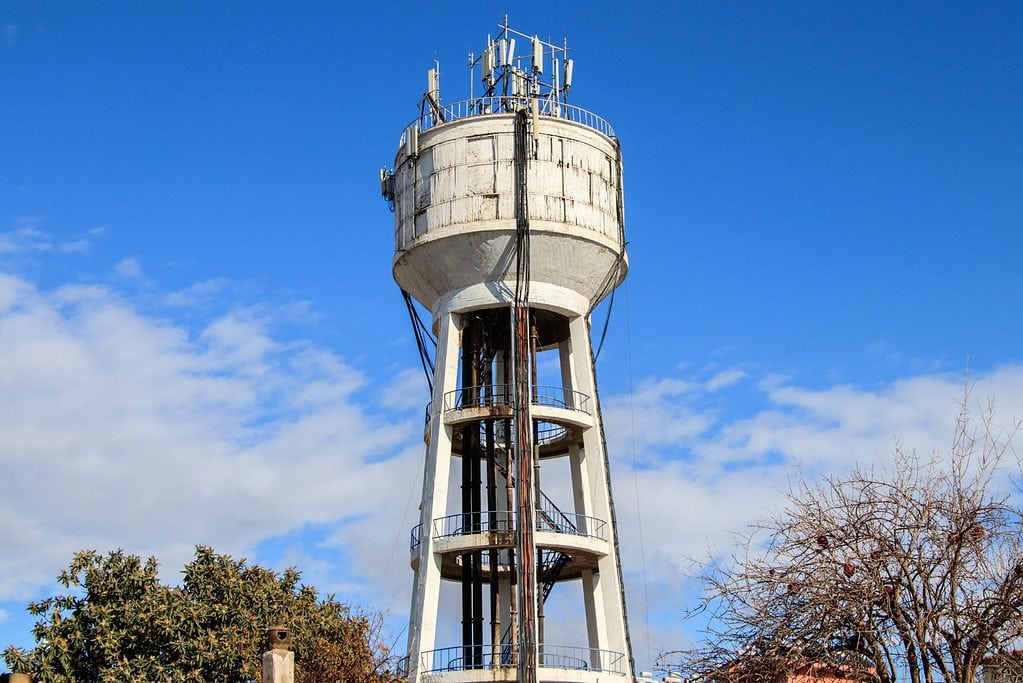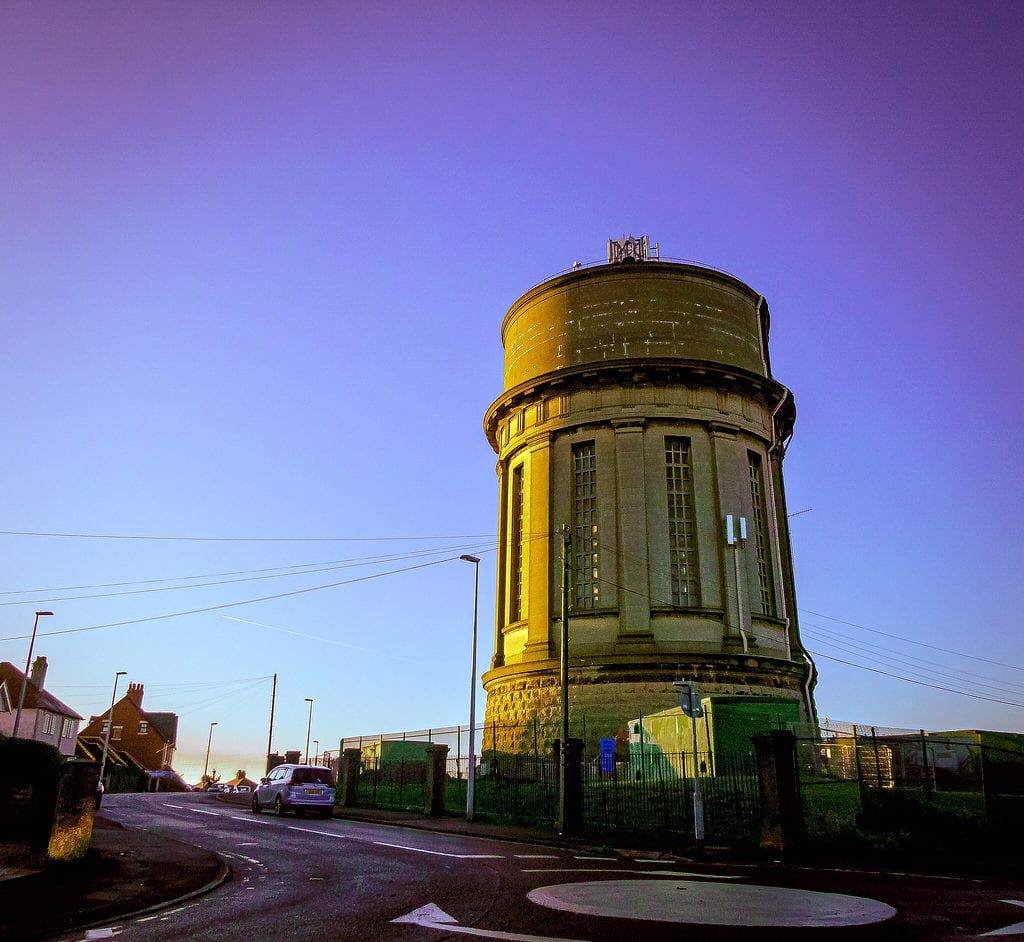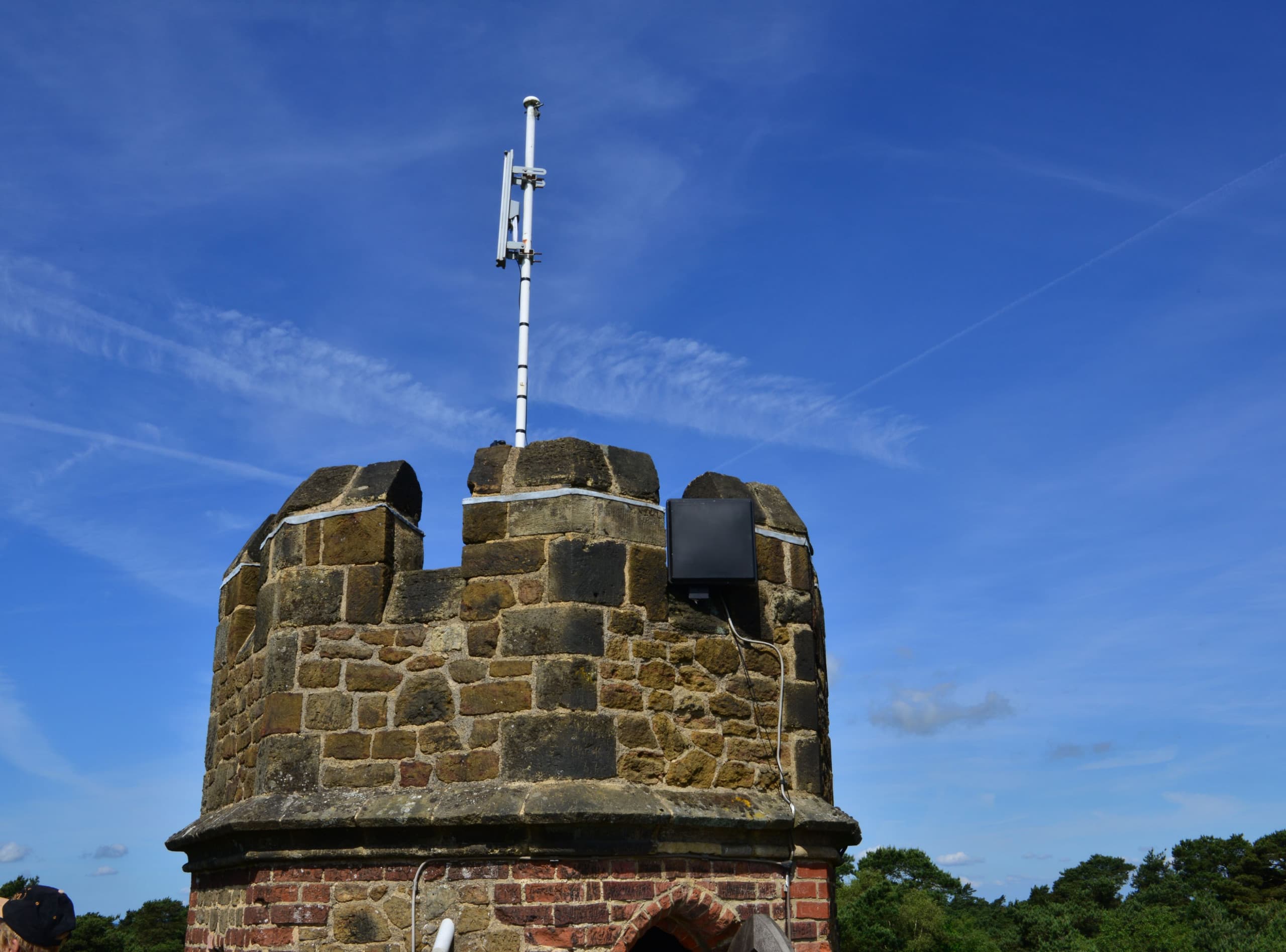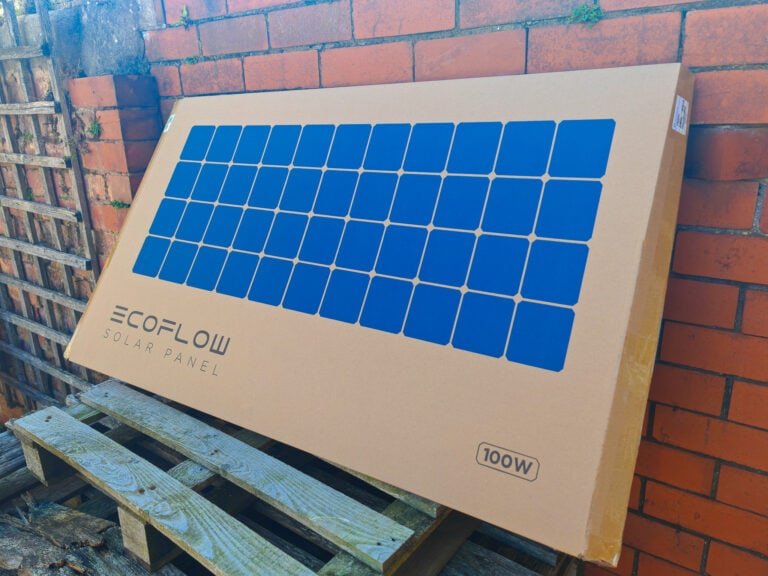Any links to online stores should be assumed to be affiliates. The company or PR agency provides all or most review samples. They have no control over my content, and I provide my honest opinion.
Mobile phone masts, also known as cell towers or base stations, are notoriously tall and ugly structures. In the UK, 25 metres is the existing legal limit in England for mobile masts/towers (the average height is currently around 15m), but outside urban areas, operators would also like to build taller masts because this is one way to significantly boost coverage, while keeping costs down. Around the EU a lot of countries have a 50m limit.
At one point, there was a growing trend to disguise mobile masts. These were typically disguised as trees, flagpoles, church steeples, or other structures in order to blend in with their surroundings. This is done to reduce the visual impact of the masts on the local environment and to make them less obtrusive.
There was quite a lot of coverage of this topic at one point. You had a lot of NIMBYs moaning about their appearance. News outlets still regularly cover objections to 5G masts and but nowadays, most of the objects appear to be related to the “potential health risk” of these structures.

There is rarely any news coverage on hidden mobile phone masts nowadays. If you Google hidden masts, most of the news articles are over 10 years old. So, have hidden mobile phone masts stopped being deployed?
In the UK, it seems like most of the hidden mobile phone masts are less extravagant than other countries.
One common method of disguising mobile phone masts is to build them into existing structures, such as the rooftops of buildings or the sides of bridges. This allows the masts to be hidden from view while still providing coverage to the surrounding area.

In the UK, most of the time they don’t seem to bother to disguise the hardware that much, but it is a discrete deployment on a building rather than a gigantic pole. I have a water tower near me, and all the hardware is clearly visible.
In some scenarios, the UK does still hide them, it looks like fake chimneys and other techniques are used occasionally. I guess in these scenarios, they are discrete enough that nobody really bothers to point them out.
I suppose one issue with hiding traditional mobile phone masts is that it has become increasingly difficult to do. As stated at the start of the article, masts can up to 25m, you can’t really try and pass that off as a tree or a streetlight.
Therefore, it looks like hidden mobile phone masts never went away, it’s just that we don’t have much of an option but to embrace these tall structures when there is not a tall building that can be used.
Other methods to hide mobile phone masts
Another method is to camouflage the masts with foliage, such as by attaching branches and leaves to the structure or by building the mast to resemble a tree. This can be effective in rural or wooded areas where the mast would otherwise stand out.
In urban areas, mobile phone masts are often disguised as street lights or other street furniture, such as traffic lights or CCTV cameras. This allows the masts to blend in with the existing infrastructure, reducing their visibility and making them less of an eyesore. Some masts are even disguised as sculptures or other public art.
Another method of disguising mobile phone masts is to install them underground. This can be done by building them into underground tunnels or by installing them in underground vaults. This approach can be more expensive and complex than other methods, but it can be effective in reducing the visual impact of the masts.
There are also more creative ways to disguise mobile phone masts, such as by building them into the form of a chimneys or clock towers, or by integrating them into existing architectural features such as building facades, walls or terraces.
Overall, disguising mobile phone masts is an important aspect of maintaining the aesthetic integrity of communities. It can help to reduce the visual impact of the masts and make them less obtrusive, and can also help to ensure that the masts are accepted by local residents and communities.
It’s worth noting that in many countries, the operators and providers of mobile phone services are required by law to minimize the visual impact of their infrastructure and to blend it with the environment, and in many cases, they are also required to consult with the community and other stakeholders before installing new masts.
I am James, a UK-based tech enthusiast and the Editor and Owner of Mighty Gadget, which I’ve proudly run since 2007. Passionate about all things technology, my expertise spans from computers and networking to mobile, wearables, and smart home devices.
As a fitness fanatic who loves running and cycling, I also have a keen interest in fitness-related technology, and I take every opportunity to cover this niche on my blog. My diverse interests allow me to bring a unique perspective to tech blogging, merging lifestyle, fitness, and the latest tech trends.
In my academic pursuits, I earned a BSc in Information Systems Design from UCLAN, before advancing my learning with a Master’s Degree in Computing. This advanced study also included Cisco CCNA accreditation, further demonstrating my commitment to understanding and staying ahead of the technology curve.
I’m proud to share that Vuelio has consistently ranked Mighty Gadget as one of the top technology blogs in the UK. With my dedication to technology and drive to share my insights, I aim to continue providing my readers with engaging and informative content.



![Iogear Keymander 2 Mobile Review – A Keyboard/Mouse adaptor for gaming on the iPhone, iPad & Apple TV [GE1337M]](https://mightygadget.com/wp-content/uploads/2021/03/Iogear-Keymander-2-Mobile-Review-768x512.jpg)



